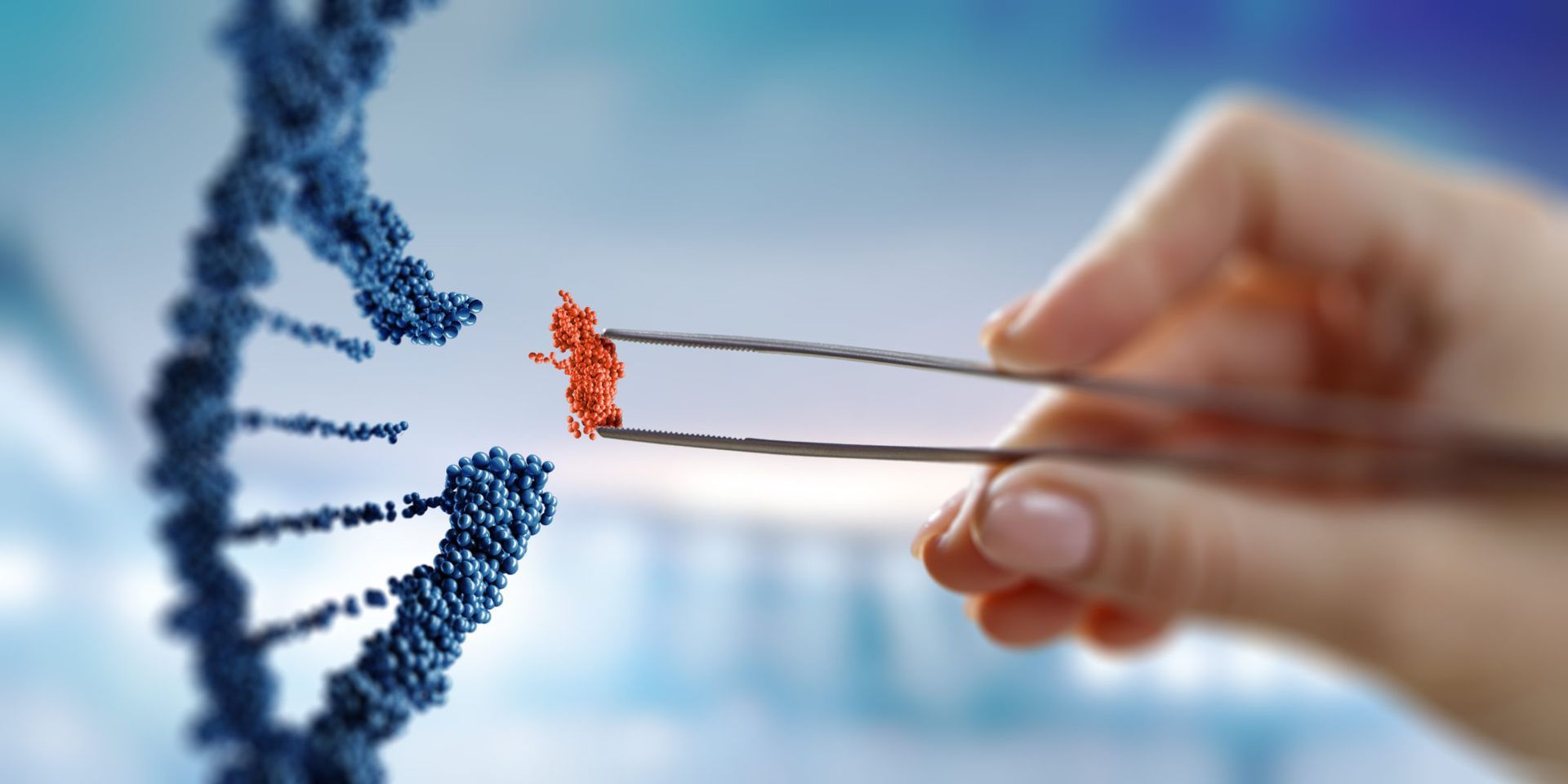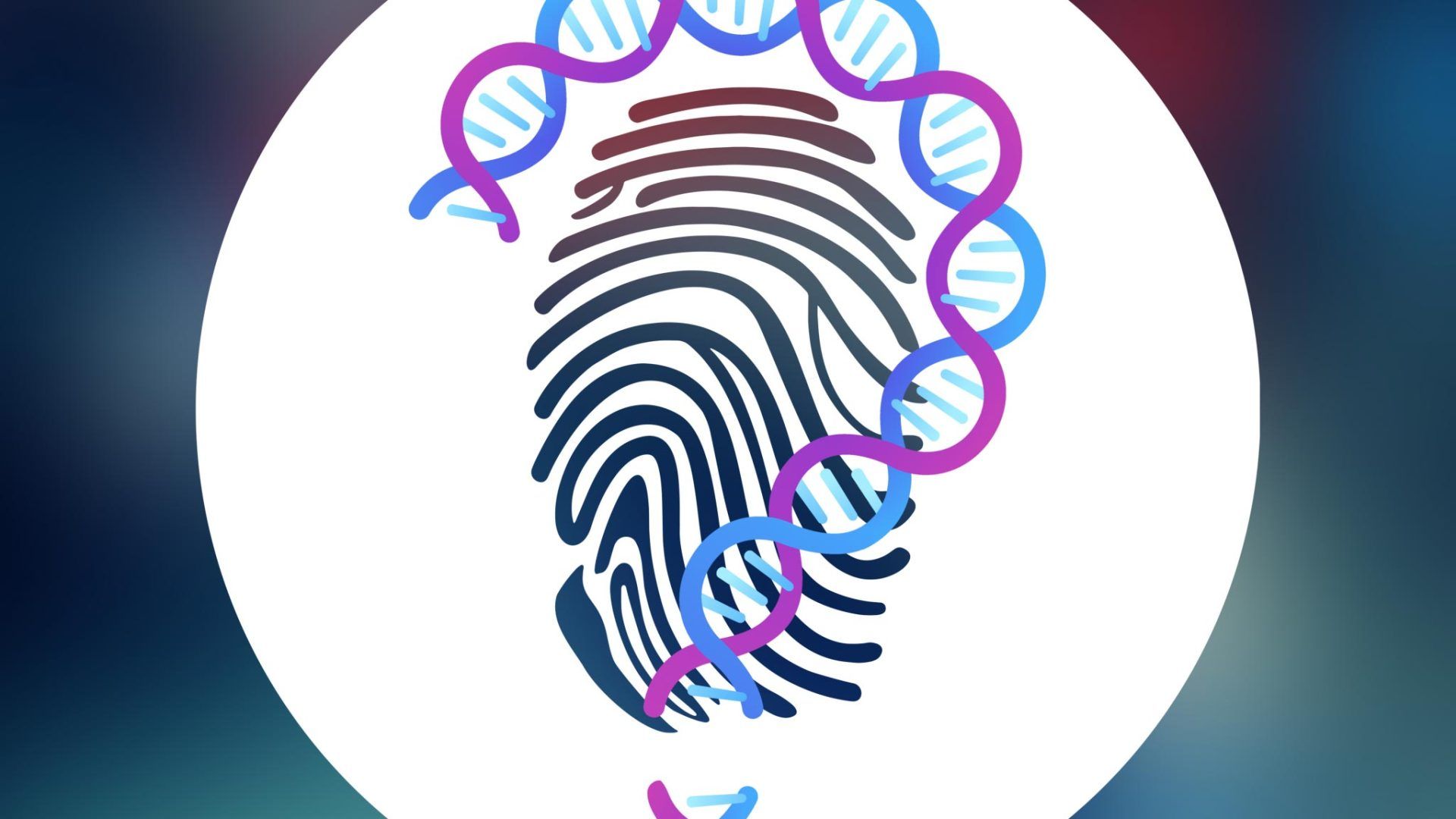Saliva At Crime Scenes Could Reveal Gender
Nick Olivier • 28 November 2016
Assist investigations in real-time

Forensic investigators could get a head start on tracking down suspects, using a new technology to assess saliva for gender, according to a new study.
The technique is part of a growing body of work at the University at Albany intended to assist detectives in real-time, using tools directly at a crime scene, right from the moment of discovery.
The researchers reported being able to determine gender with 94 percent accuracy, as reported in the latest issue of the journal, Analytical Chemistry
.
“This would be done entirely on site with the use of a portable Raman instrument, all without risking any damage to the sample,” the authors write. “It would allow investigators to immediately develop a preliminary suspect or victim profile at a crime scene.”
Currently, saliva can be collected and then processed at a laboratory using intensive techniques. But that is time consuming, and it also potentially destroys the sample.
The Raman spectroscopy method, which essentially uses lasers to vibrate molecules and measured the scattered light, can be taken directly to the sample instead – and then used without destroying it, the scientists report.
The 48 samples assessed with the technique determined the chemical signatures that differed between males and females. They accurately identified the sex of 45 of the donors, they report.
Scientists at the school have been incrementally working toward a chemical toolkit for criminal forensics to deploy at scenes. Much of the work has been helmed by Jan Halamek, a biochemist focused on the chemical clues in bodily fluids. Halamek and his team have about a dozen papers recent published or pending on the forensic applications of the secrets held by bodily fluids. (Though Halamek did not take part in this latest paper).
Late last year, Halamek and his the team published a paper in the journal Analytical Chemistry
in which they found the amino acids within a fingerprint were more than 99 percent accurate in determining sex, since females have higher concentrations of them. Earlier this year, the Halamek team published their findings on blood markers – how a single chemical marker in the blood – alkaline phosphatase, or ALP – not only indicates what age a person is, but also can determine how long ago a sample was deposited at the scene.
“It’s all about the biomarkers, looking for the attributes of a person,” Halamek told Forensic Mag
earlier this year in an extended interview. “It’s pure chemistry.”
The latest saliva findings appear to further that concept – though more validation needs to be done on larger segments of the population, write the scientists.
“This study brings us one step closer to the successful completion of developing a universal method for the analysis of body fluid traces at a crime scene, and should be considered a proof-of-concept since it still needs to be expanded to realistic crime scene samples of saliva on common substrates,” they add.
SOURCE:
Forensic Mag









